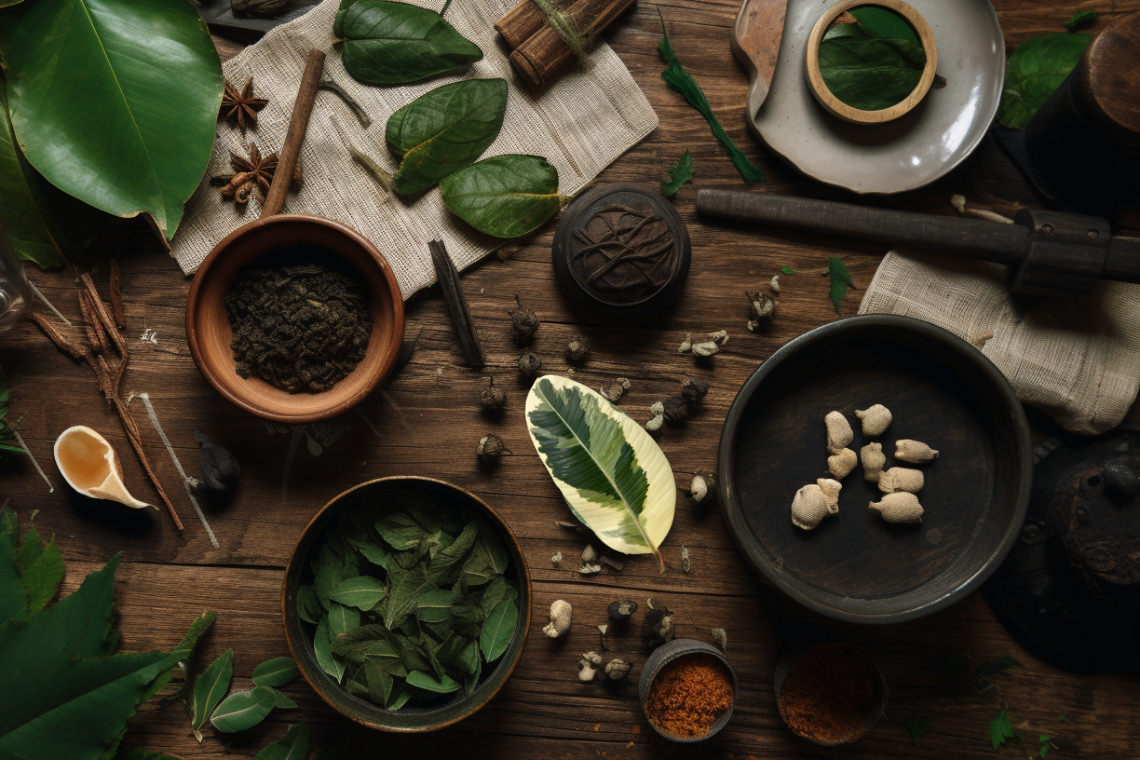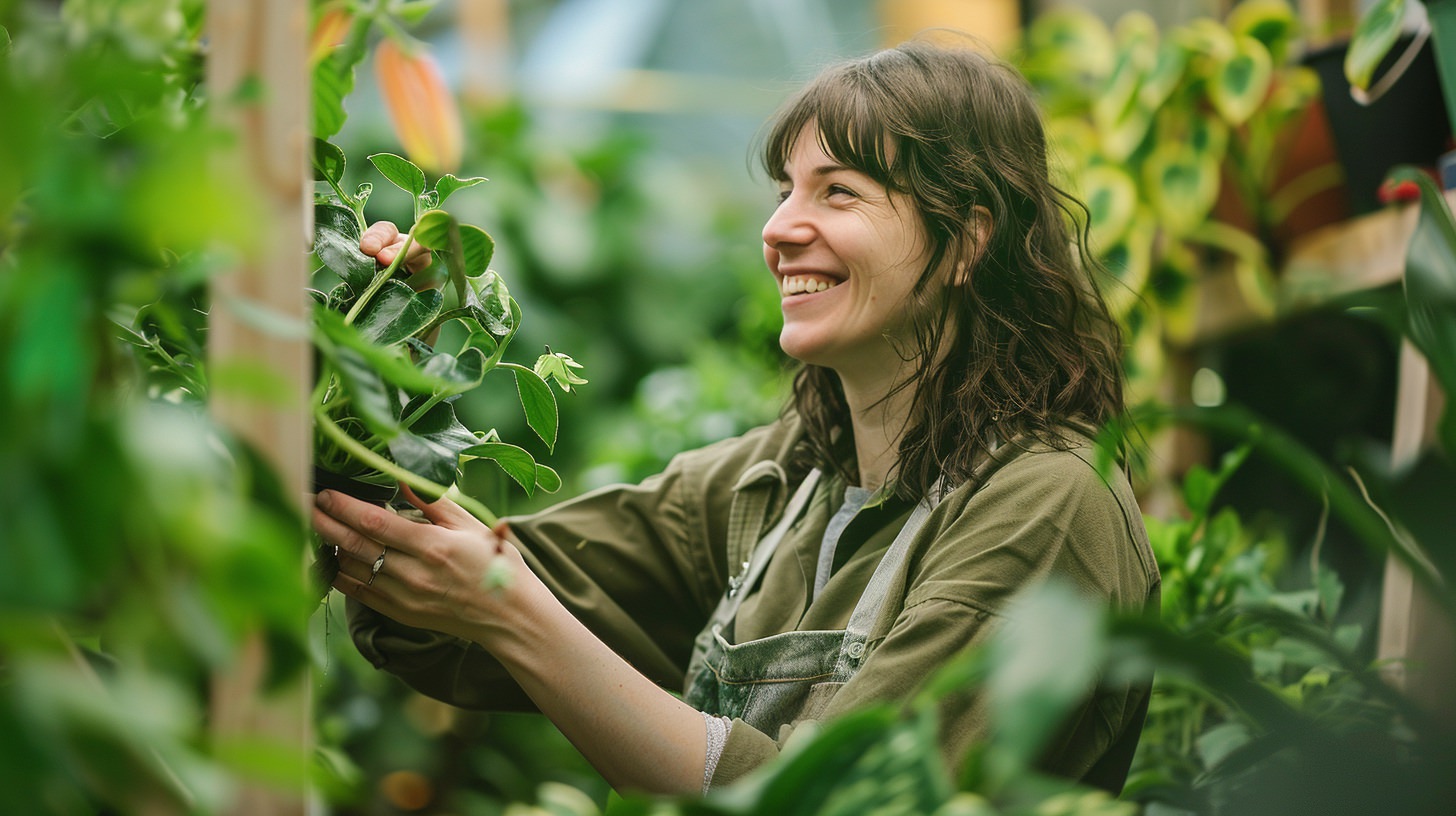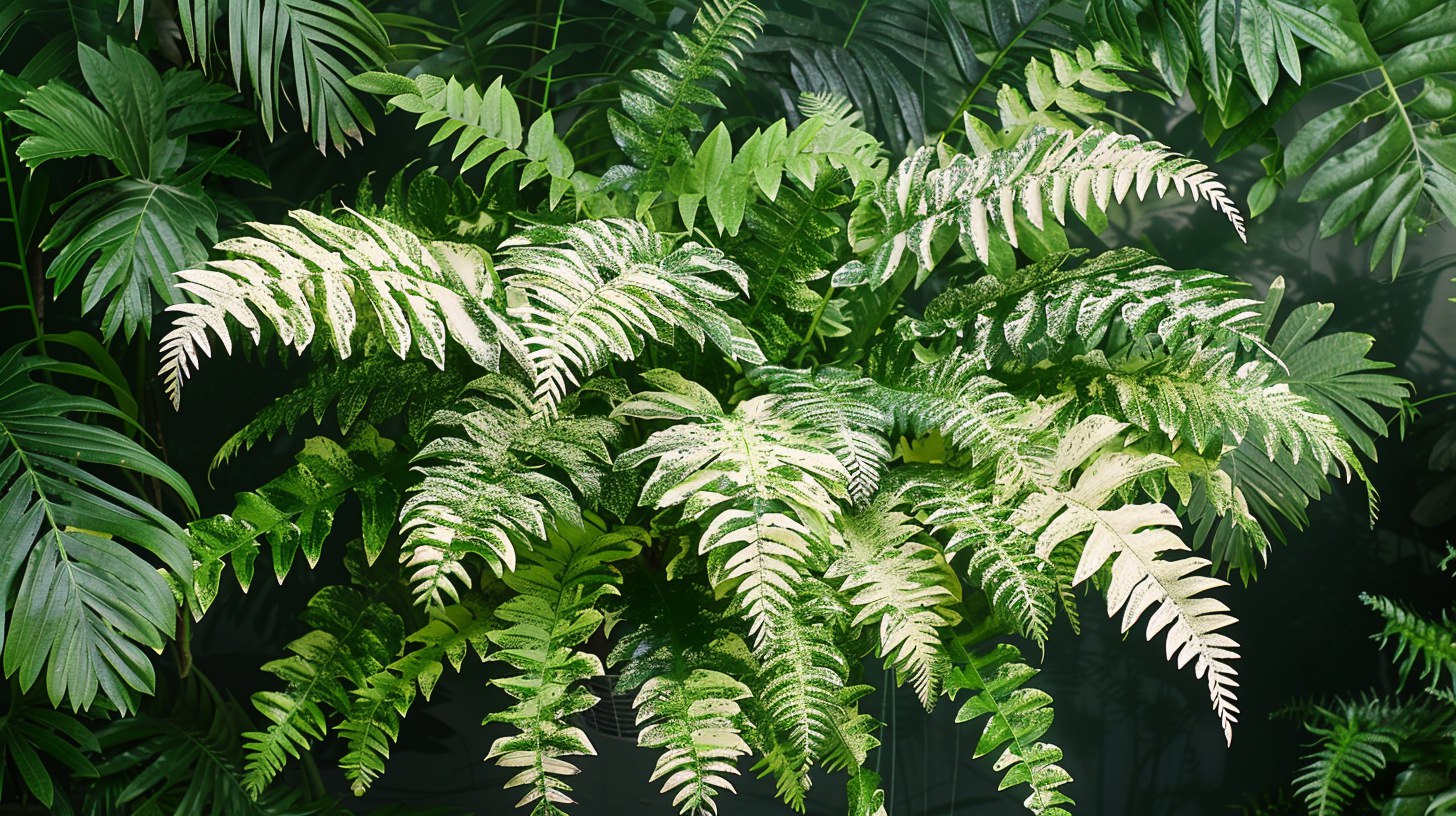
Variegation throughout history
Plant variegation has been admired for its aesthetic beauty for centuries, and has been used in various ways throughout history. From traditional medicine to art and design, let’s explore the rich history of the use of plant variegation.
Traditional Medicine
Variegated plants have been used in traditional medicine for their healing properties. For example, the variegated Houttuynia cordata has been used in Chinese traditional medicine for treating infections and inflammation. The variegated Euphorbia leuconeura has been used in African traditional medicine for treating skin conditions and pain.
Art and Design
Plant variegation has also been used in art and design, from ancient times to the present day. The ancient Greeks and Romans used variegated plants in their gardens and decorative arts, and variegated leaves have been used in Japanese ikebana and other traditional flower arrangements. Today, variegated plants are a popular choice for indoor and outdoor design, adding texture and interest to spaces.
Symbolism
Variegated plants have also been used symbolically in various cultures. In some Asian cultures, variegated plants are associated with good luck and prosperity, while in others they symbolize strength and resilience.
Selective Breeding
Lastly, plant enthusiasts and breeders have used variegation as a basis for selective breeding to create new and unique cultivars. By selecting and breeding plants with desirable variegation patterns, breeders can produce new variegated cultivars with unique and attractive characteristics.
Plant variegation has a rich and diverse history, and has been used in various ways throughout time. From traditional medicine to art and design, variegated plants have left their mark on many aspects of human culture. Today, variegation continues to captivate the attention of plant enthusiasts and breeders alike, and we can only imagine what exciting new variegated cultivars the future will bring.


